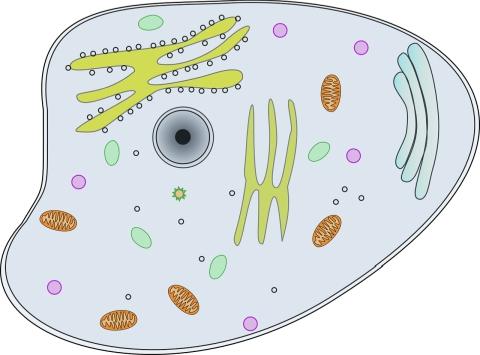The Homeostatic Organisation
In an increasingly challenging commercial and regulatory environment there is a far greater expectation that businesses will become more proactive in identifying and acting upon issues (and opportunities). And these challenges are prompting organisations to reassess their approach, and consider whether their control frameworks are fit for purpose. Asking questions such:
If (even though?) we have:
- policies and procedures to inform staff of the right way to do things;
- training and Competency to ensure staff fully understand the requirements;
- line management to oversee that the business is being run correctly;
why are there breaches, QA fails and risks outside of tolerance? Why are we not effectively executing strategy? Why are the controls not working?
The answer could be sought in learning from the natural world, and the principle of homeostasis. Homeostasis is a fundamental principle in physiology. It refers to the dynamic balance maintained by living organisms to ensure their internal environment remains stable, despite external fluctuations.
This system requires an interrelated network of sensors, controls, and effectors, which work in harmony to maintain balance. It can be seen how this stimulus/sensor/control/effector model is analogous to the control framework within a business – with management responding to incoming information, and taking action to correct issues.
However, the distinguishing factor of the homeostatic system, within the body, is that this control and self-correction activity is happening without active oversight. The pancreas automatically ‘knows’ to release glucagon when blood glucose levels are too low; the brain is not making a conscious decision to do so. Because if the brain were required to constantly adjust control of breathing, heart rate, and other functions, it would completely overwhelm the mind.
By ‘delegating’ these operational functions to the homeostatic system, the human body frees up brain capacity to: paint a landscape, compose a melody, or achieve a desired objective.
To follow the analogy – if a business is over-expending resources on control and oversight; constantly fire-fighting, micro-managing and tying up board/exco focus on day-to-day operational issues, it simply does not have the bandwidth and capacity to effectively achieve its strategic objectives.
Homeostasis in business
The appeal of adopting the homeostatic approach is in the possibility of freeing up resources, time and focus. It is in an organisation’s ability to rely more on the internal ‘sensor/control/effector’ systems, within operational areas, to effectively detect and correct issues, before senior management and compliance need to get involved.
The homeostatic organisation doesn’t abandon controls and oversight, but it does expect more from its control and oversight systems. To achieve this, businesses should seek deeper insights and ask harder questions of themselves. And whilst many of these hard questions will be directed at the operational areas of the business, they should also be asked at the board/exco level. For example: why do management teams who brook no compromise in their drive to achieve the annual sales targets, consistently accept mediocrity in the performance of their control frameworks?
Homeostatic control, in practice
As with a body, the homeostatic system within a business consists of a range of interrelated elements, working together. Senior management can be the ‘brain’ of the system - they can promote and enhance the homeostatic control process, but they can equally derail it. In the body, your pancreas and liver will do an excellent job keeping blood glucose levels in balance, but if you breakfast every day on doughnuts, there will be little the homeostatic system can do to prevent you from getting type 2 diabetes. Equally, in a firm, if senior management are: bonusing themselves or staff in a manner that will inevitably result in poor outcomes; setting sales targets that can only realistically be achieved by going outside risk appetite; or ignoring the clear warning signs from the data in front of them, then failure is inevitable
If senior management are the ‘brain’ then operations are the ‘heart’ of the system. It is only through operational areas becoming more self-aware and self-correcting that a business can thrive. And in order to achieve this, the business should gather deeper (and more qualitative) insights into the internal and external operating environment, and use these insights to promote a culture where personnel do the right thing, more often.
And culture is the key element. No organisation can hope to become self-aware and self-correcting without staff having the comprehension, and most importantly the inclination to do the right thing. In most firms, efforts seldom get further than the sun-faded poster on the wall, or the annual ‘sheep-dip’ training course. This is because developing an effective culture is hard. This is by far the hardest element of the journey to becoming a homeostatic organisation. But it is the element that will 10X the outcome.
As noted above, the idea of a homeostatic organisation does not envisage some utopian collective. There will still be policies, procedures and oversight. But what is proposed is that this control (and correction) happens much closer to the sharp end of the business. That operational areas should be able to operate, to a greater degree, as if compliance (and risk, and audit, and senior management), are not looking over their shoulder.
The journey to becoming a more self-aware and self-correcting organisation will take time, but the prize is worth the quest.
This is an excerpt from a longer article, that can be found here.
Frank Brown, Director, GRR Consulting
